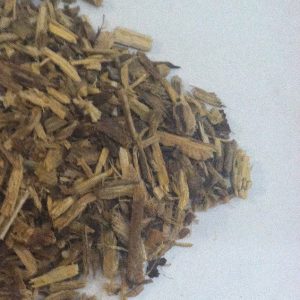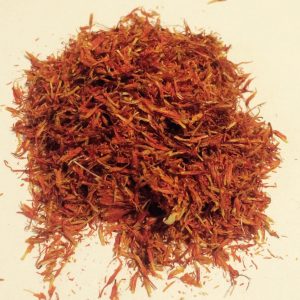Description
Common Name Standardized: spirulina Botanical Name Arthrospira platensis (Nordst.) Gomont
Plant Family: Oscillatoriaceae Synonyms Spirulina platensis Overview Introduction For centuries, the native peoples of Mexico, Africa and Asia have eaten spirulina and made it one of their major sources of protein. The blue green algae is plentiful in lakes and inland bodies of water that are warm and alkaline. The plant’s chemical makeup is 65% amino acids, including the essential fatty acid gamma linolenic acid (GLA). The high concentration of amino acids has made spirulina a popular nutritional supplement for those who are unable to obtain sufficient calories and protein through diet alone, particularly athletes who burn calories at a high rate. In addition to amino acids, spirulina is also a rich source of numerous other nutrients, including many essential vitamins and minerals. Research into the medical benefits of spirulina is ongoing, but there is no doubt about its nutritional benefits. Among other things, it contains as much iron as equivalent weights of beef.Parts Used Dried and processed algae Typical Preparations Powdered and taken as a capsule, incorporated into drinks and smoothies, and sometimes as a liquid herbal extract. Summary While more study is needed to define precisely what actions spirulina may provoke in the body, there is a remarkable lack of harmful side effects or suggestions that there are any drawbacks. Even if it is used only for its nutritional content, spirulina is a valuable addition to the diet. Precautions Specific: Not for use during pregnancy or if breastfeeding except under the supervision of a qualified healthcare practitioner. Some individuals experience nausea or stomach discomfort. If this occurs, discontinue use and consult your healthcare practitioner.
General: We recommend that you consult with a qualified healthcare practitioner before using herbal products, particularly if you are pregnant, nursing, or on any medications. For educational purposes only This information has not been evaluated by the Food and Drug Administration.
This information is not intended to diagnose, treat, cure, or prevent any disease.














